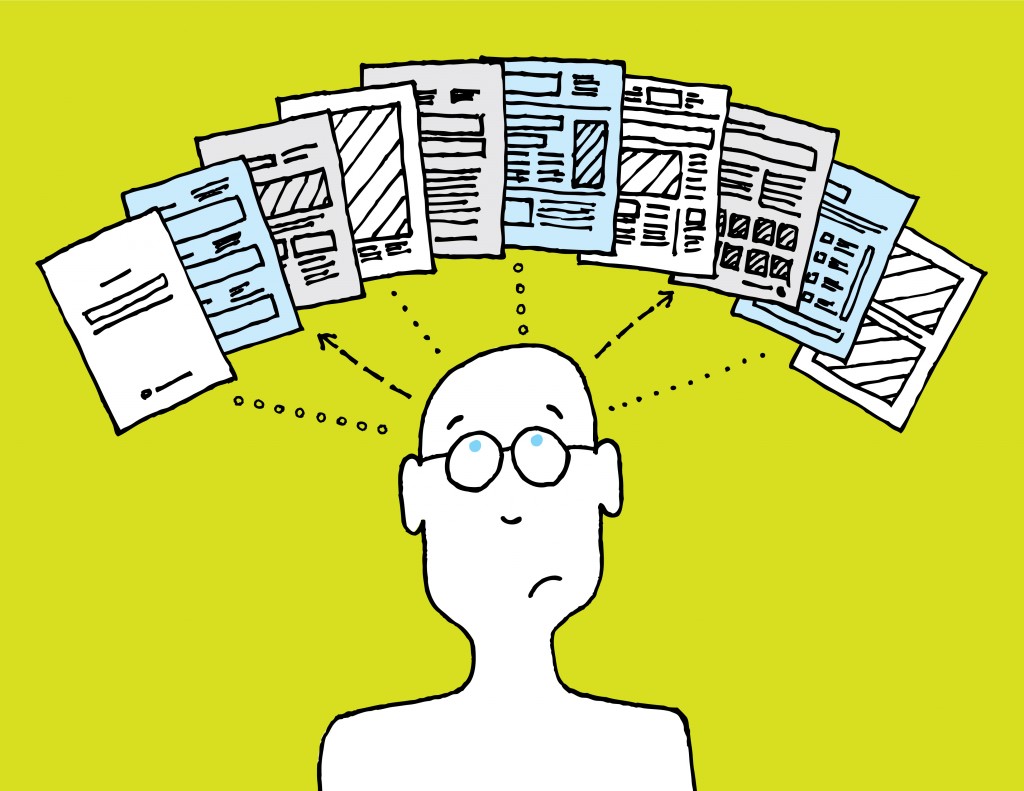On Wednesday, GovLoop hosted its Second Annual State and Local Government Innovators Virtual Summit, an all-day, virtual event with six different online trainings, networking opportunities and resources to help state and local govies do their job better. Below is a recap of our session on The Secret to Better Records Management.
Records management is one of those unglamorous jobs agencies have to do — but sometimes dread. For many in government, there’s a constant struggle to manage records as file sizes grow larger and retention requirements for that information are extended.
In the midst of those struggles, it’s easy to forget that a solid records management program offers great payoffs in the long run. But agencies must be willing to make a commitment upfront to roll up their sleeves, make the necessary investments, devise a plan and execute it.
“There is never really an end to the process; it is iterative,” said Kristopher Stenson, Electronic Records Archivist for the Illinois State Archives.
Speaking at GovLoop’s State and Local Virtual Innovators Summit on Wednesday, Stenson stressed that good records management is critical to building transparency and trust with the public. Poor management can contribute to a loss of trust and effectiveness, especially when an agency can’t properly respond to Freedom of Information Act requests. (Listen to the full session here.)
It’s too easy for benign neglect to look like you’re trying to hide something, Stenson said. His advice to agencies:
- Frameworks and policy are crucial to the success of a good records management program. Once there are policies that can be executed through processes and workflows, a lot of that work can be automated.
- Scanning doesn’t always mean savings. It is often viewed as a cheap process, but that’s not always the case. It’s kind of like getting a “free” kitten that also comes with long-term veterinarian, food and maintenance costs. Also, scanning does not equal digital preservation.
- Beware of document management being passed off as records management. Certain vendors attempt to make solutions work for records management, but they do not provide all the needed capabilities
- Think long term. Some records have to be kept for decades or permanently. Electronic records management may seem daunting and pricey in the early years, but keep in mind that long-term planning and executing will bring efficiencies.
- One size does not fit all. Tailor your pitch and discussions about records management to fit the audience you are presenting to. Identify what’s important to your senior leaders and explain how records management drives those efforts and can actually protect them from legal trouble.
When most people think about archives, they think of mounds of paper records, locked away in a dusty box down the hall, where only the old curmudgeons can find them. But “that’s not timely and doesn’t help with customer service,” said Mike Constantine, ViON’s Director of Data Protection Services, who also spoke at the summit. His company is focused on helping agencies put their information in the right location from the start.
Putting information in the right tier of storage from the very beginning is also important, Constantine explained. For example, records that won’t change, must be retained for a long period of time, and are not frequently accessed are good candidates for low- cost storage options like tape.
“There are different reasons why we have fast storage and slow storage, and it generally comes down to cost or accessibility of information,” he said. “All of this really comes down to being able to be flexible and adapt to new regulations.”
